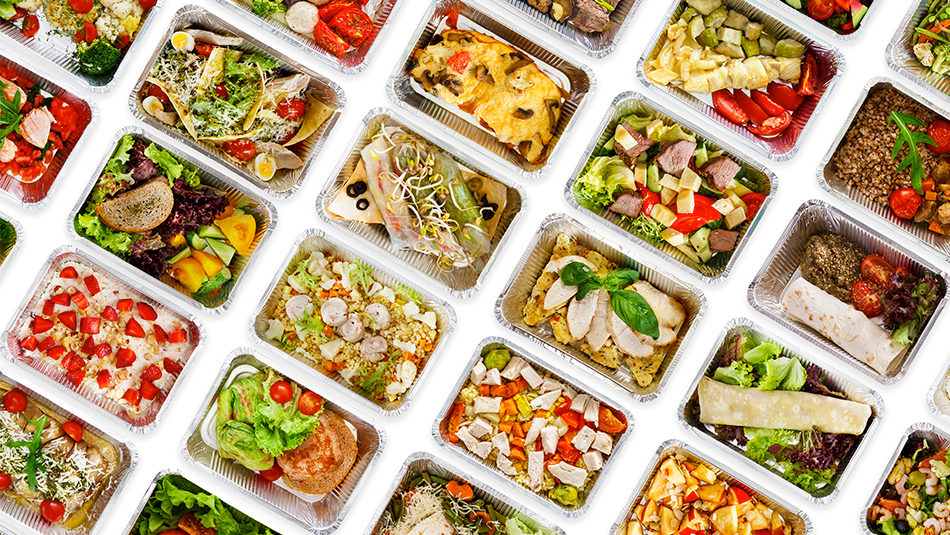
Meal Kit Watch: On the Way Out or Here to Stay?
While the meal-kit industry has gained momentum, progress hasn’t come without a fair share of challenges. High customer acquisition costs, low retention rates, and operational inefficiencies have strained industry pioneers like Blue Apron and many others. As competition grows to more than 150 meal kit options, companies are testing new ways to influence consumer loyalty.
Meal kits aren’t going anywhere. The industry is evolving as consumer preferences and demands change, and leaders in the space are scrambling to keep up. Valued at more than $4.5 billion in 2017, experts are forecasting significant growth to more than $10 billion in the segment by 2020. From a food brand and food commodity perspective, meal kits serve as a powerful vehicle to reach highly coveted audiences like busy families and convenience-driven Millennials and GenXers.
To reach consumers in relevant and effective ways, the industry is adopting a multi-product, multi-channel strategy through unique products, on-demand offerings, retail partnerships, and more. Here are a few examples:
There’s a Meal Kit for That
Recognizing that health-minded consumers are more likely to stick with a meal kit long-term if the dietary offerings align with their personal health goals, Blue Apron has expanded their product offering to include a line of Whole 30 meals. The line keeps consumers on track with their goals and saves them time searching for compatible ingredients. Additionally, HomeChef has released a line of 5-minute salads, and HelloFresh has announced plans for ready-to-eat meals. And there are plenty of other meal kit startups out there catering to highly specific diets.
Not Just Selling Meal Kits
The industry has recognized that they’re not just in the business of selling meal kits. They’re also selling the experience of gourmet cooking at home. Meal kit companies have begun selling culinary products from kitchenware to pantry items. For example, Blue Apron consumers can order add-on products from partners including Vermont Creamery cheeses, Irving Farm coffee, Brodo broths, and more. These add-ons plus up the perceived or real value of the meal kit while also offering consumers added convenience.
 Meal Kits On-Demand
Meal Kits On-Demand
Meal kits are taking delivery a step further with convenient on-demand services. Blue Apron announced they’ll soon offer products in select zip codes throughout New York City on Grubhub and Seamless mobile platforms. Fresh, pre-packaged ingredients for 2-4 servings will be delivered to the customers’ door in 30 minutes or less!
Strategic Partnerships
Blue Apron has also tapped Walmart’s Jet.com to be the first e-retailer to offer an assortment of its meal kits. Now millions of households across most of New York City, Jersey City, and Hoboken will be able to order same-day or next-day delivery of meal kits via Jet.com’s grocery offering.
If You Can’t Beat Them, Join Them
Over the past year, we’ve seen more and more meal kits available at retail. Ironic, since the original idea behind the meal kit was to bypass long grocery store lines. But it seems many consumers prefer picking up a one-off meal kit at the grocery store over signing their lives away on a subscription. According to Nielsen, meal kits in U.S. grocery stores generated more than $80 million in sales in 2017, up 6.7% YOY. And more than one third of consumers now say they plan to purchase meal kits at retail.
This has opened the door for partnerships between retailers and some of our favorite meal kits. In an attempt to compete with Amazon, Walmart has partnered with meal kit Gobble, while Albertsons has acquired Plated, and HelloFresh has partnered with Giant Food. Meanwhile, Kroger purchased HomeChef and BlueApron is selling kits at Costco.
Some grocers are even becoming competitors. Retailers are poised to give meal kits a go on their own, since they have access to everything needed to create them. In fact, Raley’s just announced chef-created, subscription-free meal kits for sale in stores this week. And Raley’s patrons can order kits online for in-store pickup or delivery.
Meeting Consumers Where They Are
It’s clear the industry is taking note of consumer preferences where health and convenience are concerned. Companies are constantly devising ways to satisfy customer’s needs through multi-product and multi-channel strategies. And meal kits will continue to act as a powerful channel of distribution for food brands and food commodities alike.
As I mentioned, this space is evolving at record pace. And thanks to BlueApron, we have a glimpse into the industry’s performance and strategy with each quarterly earnings report.






